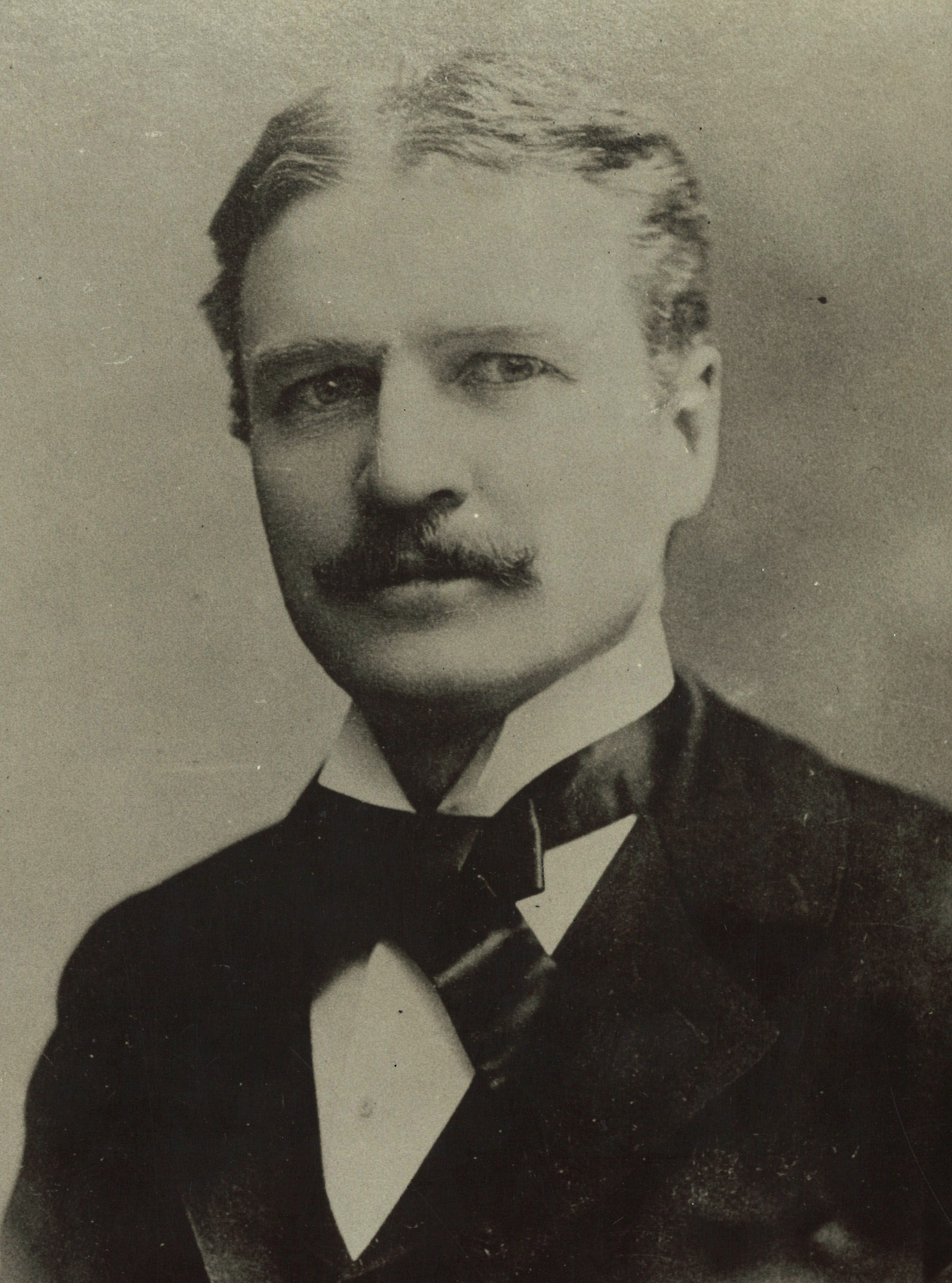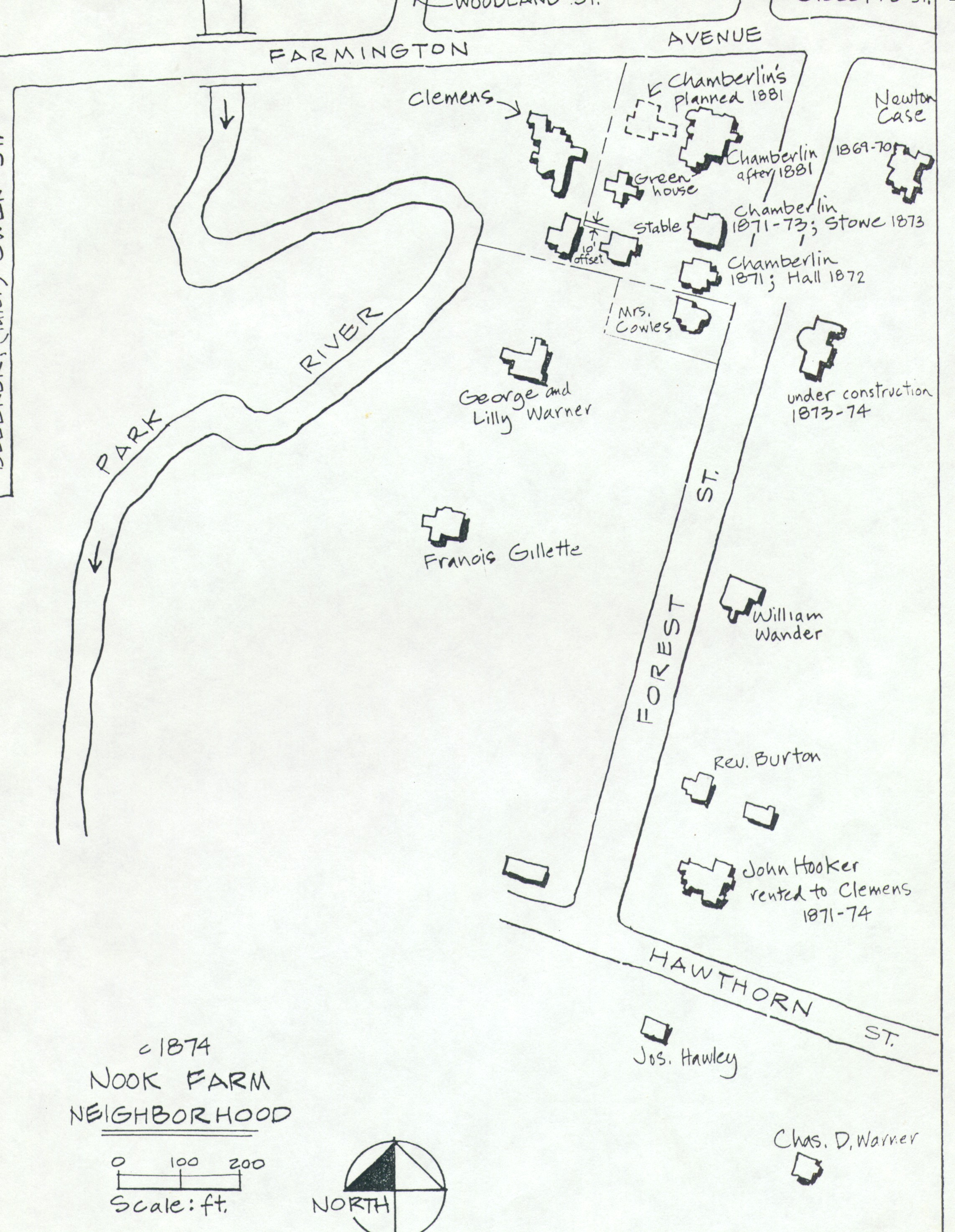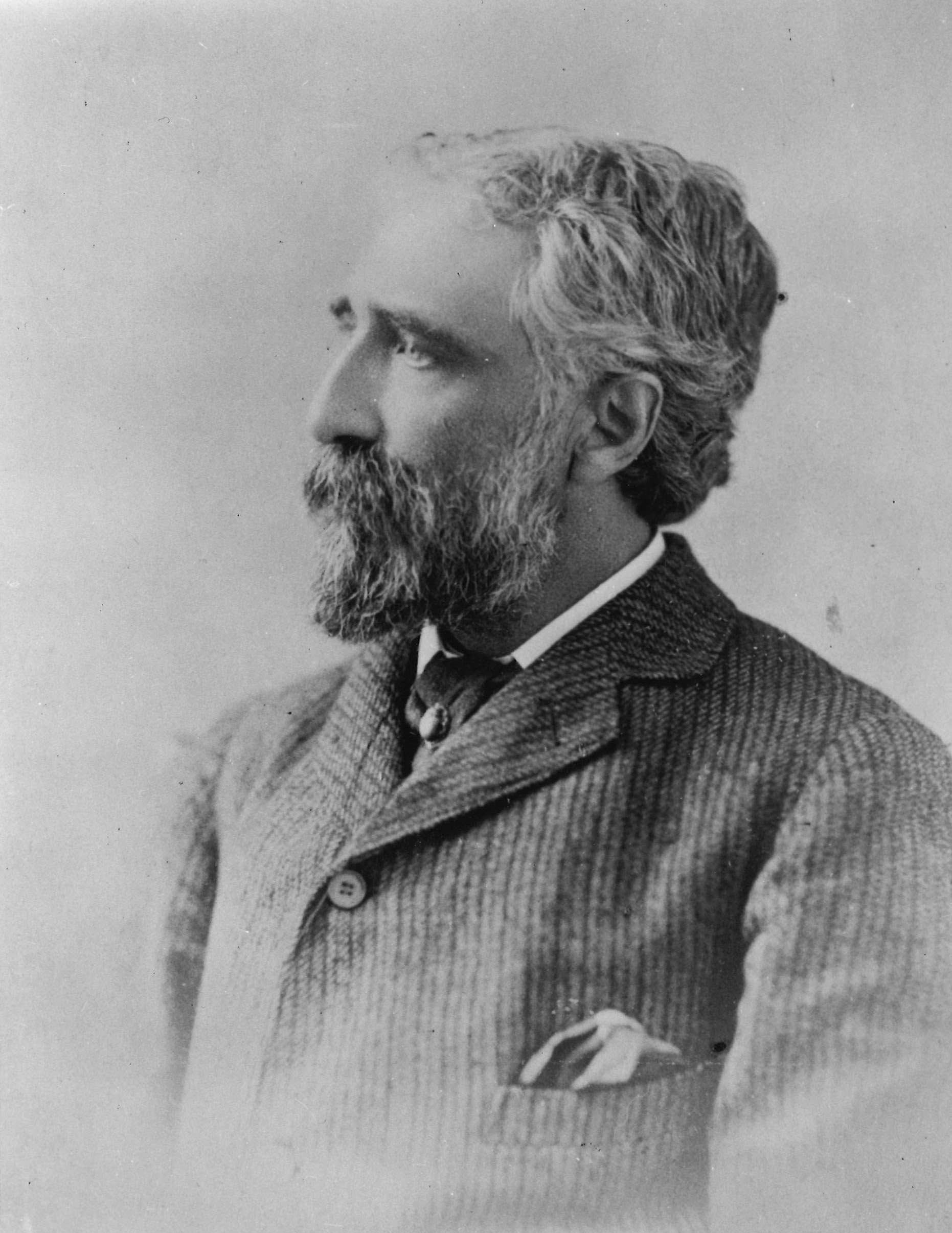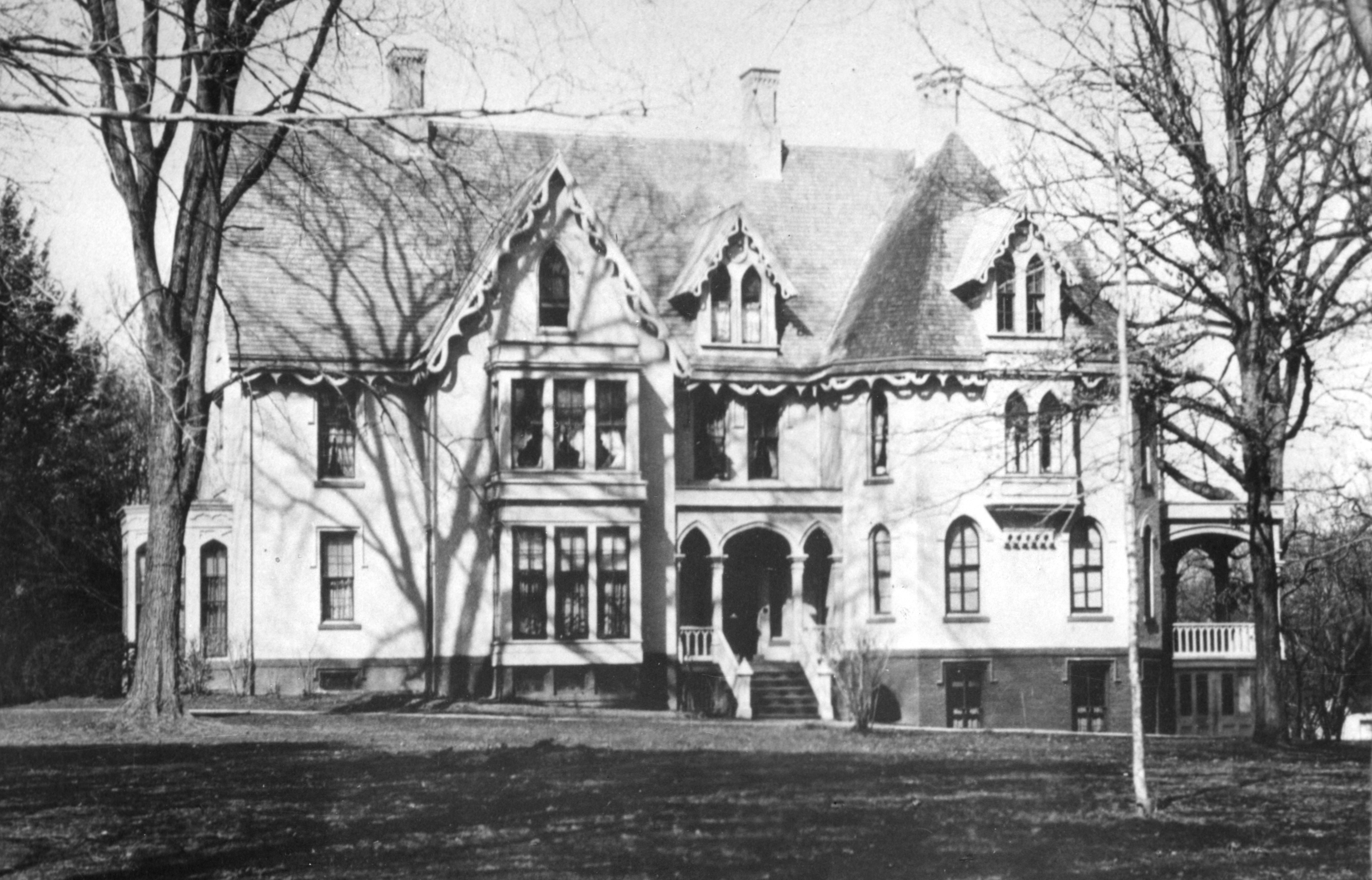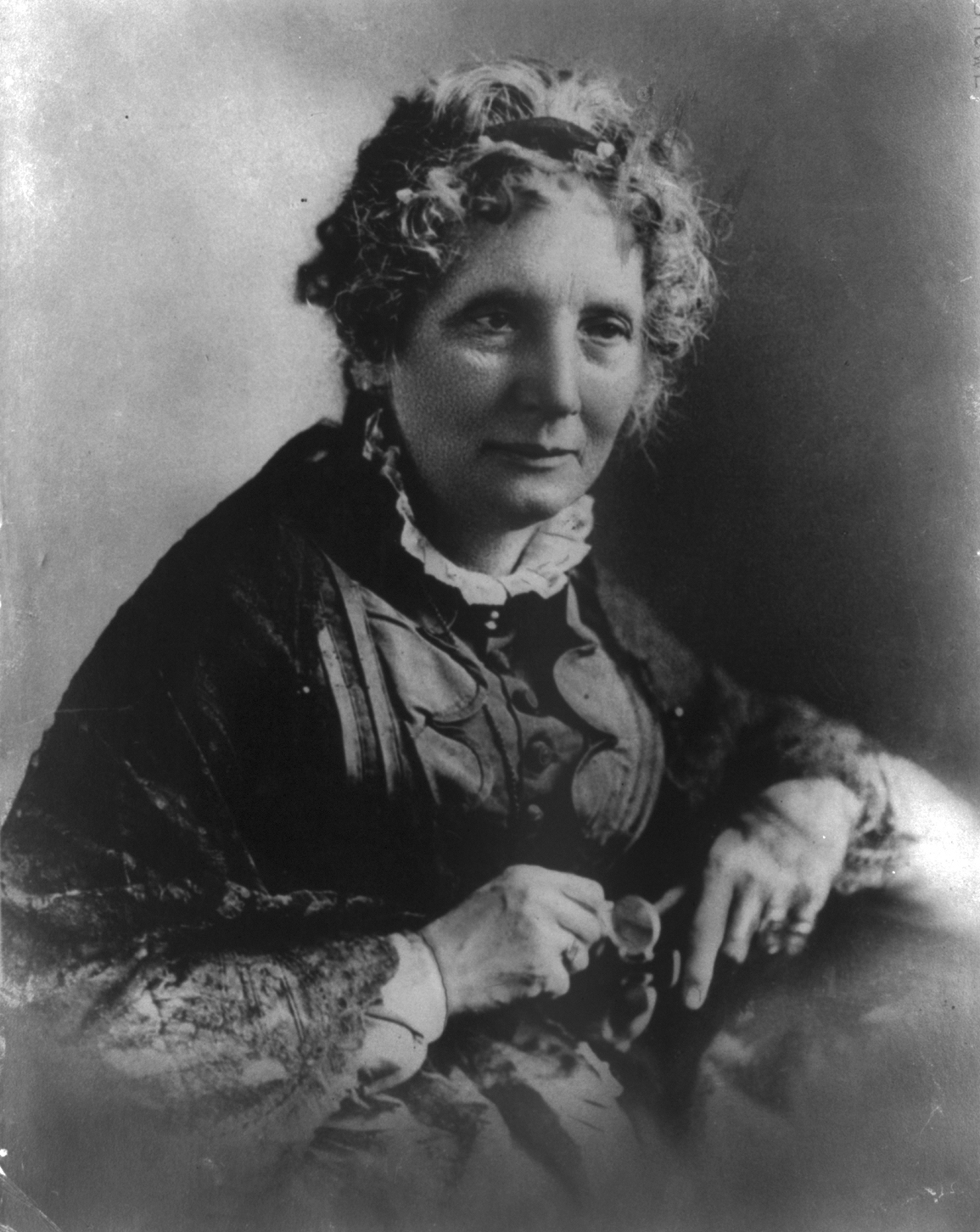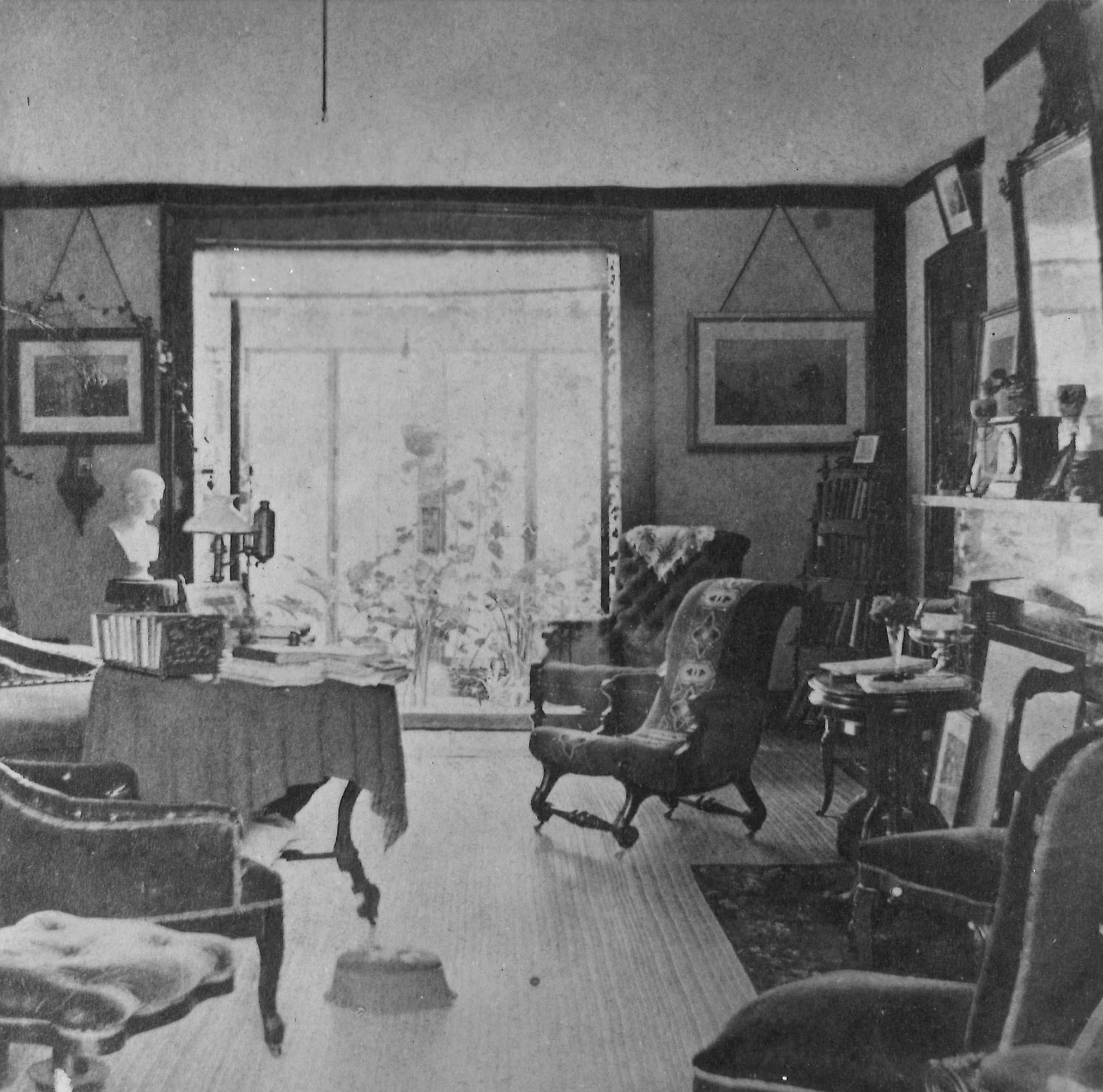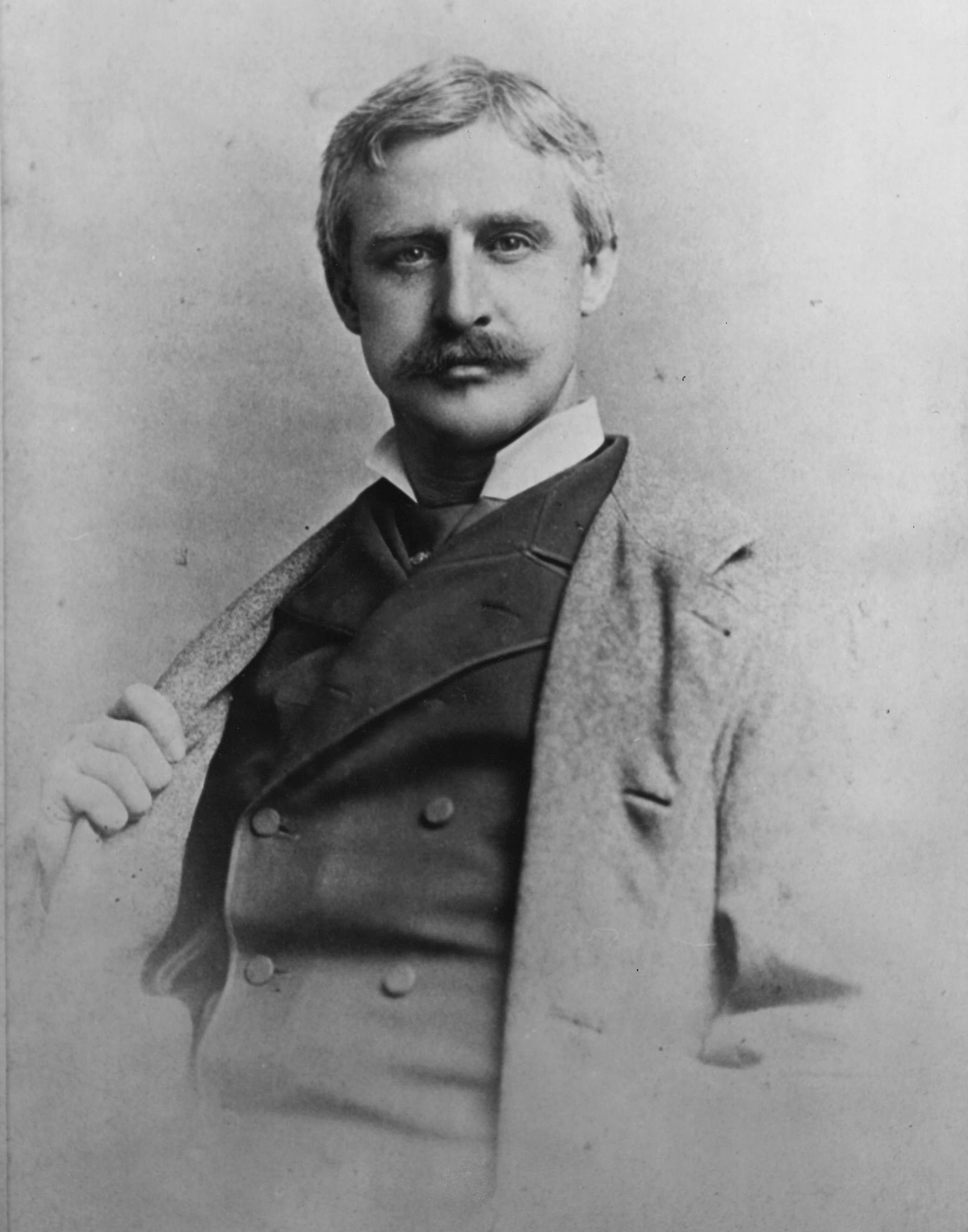The Gillettes
Francis (1807-1879) & Elisabeth Hooker Gillette (1813-1893)
Abolitionist Francis Gillette married Elisabeth Hooker in 1834 and settled in Farmington, Connecticut where their home was a stop on the underground railroad. In 1853 with his brother-in-law John Hooker, they purchased 140 acres known as ‘Nook Farm’. Gillette’s first Nook Farm home was a farmhouse on the northeast corner of Forest and Hawthorn. Francis served as U.S. senator (1854-55), and was chairman of the Connecticut board of education (1849-65). He opposed women’s suffrage, differing with sister-in-law and neighbor Isabella Beecher Hooker, but the issue did not disrupt their friendship. The couple had four children, including actor and playwright William Gillette. In 1876, their daughter Lilly Gillette Warner and her family moved into the home.
William Gillette (1853-1937)
William Gillette’s parents wanted him to become a lawyer, but he loved the theater and became one of the most celebrated actors and playwrights of his generation. His many productions included dramas and comedies, and he co-starred with the likes of Helen Hayes and Ethel Barrymore. In 1899, Gillette starred in his own adaptation of Conan Doyle’s Sherlock Holmes. The role would define his career.
Born and raised in Nook Farm, Gillette attended Hartford Public High School, put on plays with his friends, and built a stationary steam engine in his parents’ home. He was a fun-loving uncle to his sister Lilly’s children, and the family awaited his visits to Nook Farm. His mansion in Hadlyme, Gillette’s Castle, was completed in 1919 and purchased by the state of Connecticut after his death.

